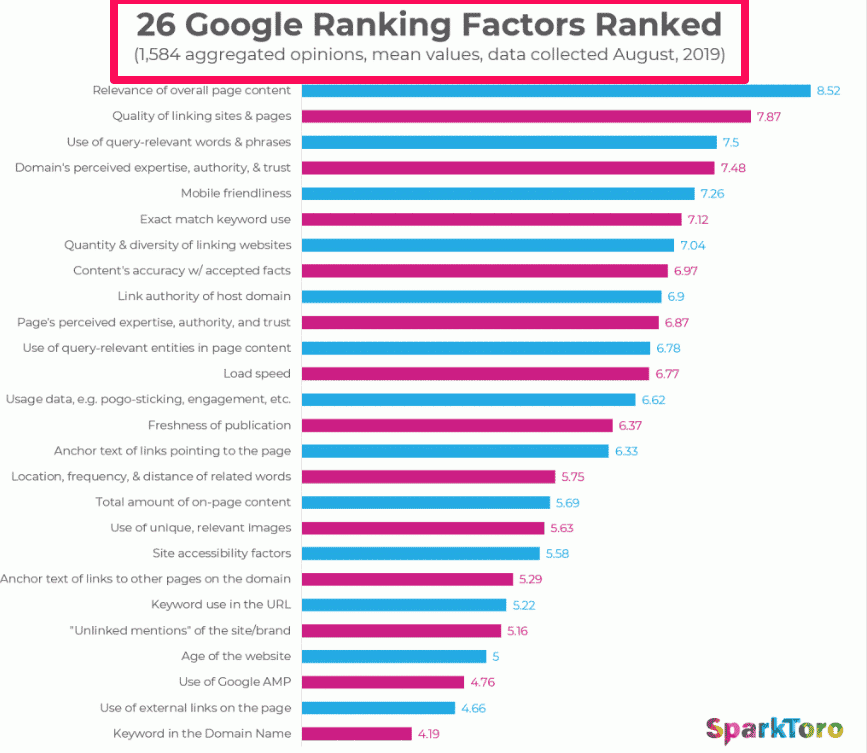
A WordPress backlinking SEO plug-in will allow you monitor and enhance your website's link quality. This plugin will detect broken links in pages and posts, comments, custom fields, and stop search engines from following them. Broken links can be a problem for website owners. However, this plugin is easy to install and free. We will be discussing four benefits of the plugin in this article. It will make you much more successful.
Sitemap for XML
The XML Sitemap SEO WordPress plugin allows you to install the XML Sitemap for backlinking. This plugin is compatible on most websites and blogs. This plugin allows you to customize the sitemap by adjusting its priorities and choosing which pages to include. The sitemap can be submitted to Google or other search engines. For SEO plugin wordpress backlinking, it is best if you create the XML Sitemap.
Content audits
Ahrefs SEO plugin WordPress is a lightweight SEO tool. A content audit can be performed to increase the traffic to your WordPress website. It can also monitor backlinks to your content assets and recommend improvements. Ahrefs content assessments can provide information about the overall health and traffic to your pages and posts, as well organic traffic. Ahrefs Content Audits can help improve your content by identifying issues in the structure of your site.

Broken link checking
Broken link checking plugin for WordPress can be used to quickly and easily determine the status or outbound links. It allows you to view broken link reports, complete with URL and anchor text, and download the report in PDF or CSV format. Broken links on a website could damage your credibility and negate your SEO efforts. The Broken Link Checking SEO plugin for WordPress can help you keep your site up-to-date, visible to search engines, and maintain its visibility.
Yoast SEO
Yoast offers the option to edit the URL tag of a page. WordPress generates URLs automatically based on page titles. This does not reflect target keywords. Yoast gives you the option to alter the URL's slug through its on-page settings. It is important to keep your URL concise and remove any unnecessary words. It is also vital that you include your target keywords.
Rank Math
The Rank Math SEO plugin is a powerful SEO tool for WordPress websites. It features keyword tracking, custom template generator, and other useful tools. The plugin can optimize your site for unlimited keywords, so you'll be able to increase traffic from search engines without spending a fortune. This plugin is completely free and works with all major theme builders, including Divi and Flothemes.

FAQ
What does SEO Mean for Small Businesses
The biggest challenge facing small businesses today is competing against larger companies that spend millions on advertising. Search Engine Optimization, or SEO, allows smaller businesses access to the same marketing power and without breaking the bank.
What are the differences between SEO strategies?
Different SEO strategies can be used, including search engine optimization (SEO), paid-per-click (PPC), and social media optimization.
SEO allows you to optimize content for specific keywords by using text formatting and HTML code.
This helps make sure your site appears higher on search results pages.
Social media optimization (SMO), on the other hand, is optimizing your website to be seen on social networks like Twitter, Facebook and Google+.
These are a great way to build your online brand and make visitors more likely visit your site when they search for similar topics.
PPC ads are also displayed at the top search results pages and show relevant products or services.
Google paid search is the most used PPC ad type. These cost money but can be extremely effective.
There are many other types of PPC advertising, including video ads, display ads and sponsored posts.
What is an SEO Campaign and How Does It Work?
A SEO campaign is a collection of activities that are designed to increase the visibility of a specific webpage or domain name on search engines such as Google, Bing and Yahoo. These activities include optimizing page titles, meta description tags and URL structure.
SEO campaigns usually begin with keyword research. This is where keywords are identified that will increase organic traffic. Once keywords have been found, they need to be optimized for the entire site, from the homepage through individual pages.
How do SEOs work for me?
Knowing what someone is looking for when they search for your company name, products or other information on search engines like Google is the first step in achieving a Google ranking. This guide will teach you how to write high-ranking content on Google. Check out our other guides to content marketing.
To start, you'll want to create a plan and think about what kind of keywords you want to target. There are two types, broad keywords (like "digital Marketing") and specific keywords (like "seo".
The next step is to determine your goals, which could be increasing brand awareness, driving leads or sales.
Once you've established your objectives, you are ready to start creating content. Here are some SEO-friendly tips.
Once you've written your content, it's time for it to be published to your blog or website. If you have a site, this could mean updating the pages. If not, you'll need to hire a web designer who can help you set one up.
After you publish your content, link back to it on relevant blogs and websites. This will increase the visibility of your content and make it more visible.
How do you get started in SEO?
SEO can be done in many different ways. You must first identify which keywords you would like to rank. This process is called "keyword analysis." Next, optimize each page of your website for these keywords.
Optimizing your website includes creating unique URLs, adding descriptions and meta tags, and linking to other sites. After optimization is complete, submit your website for search engines like Google Yahoo!, Bing, and Yahoo!
To see if you are succeeding or failing, you need to track your progress.
What is the definition of a blog post?
A blog is a type website that lets visitors share content. Blogs contain a mix between written posts and pictures.
Bloggers create blogs about their own experiences, thoughts, and opinions. However, some bloggers choose topics that relate to their businesses or careers to blog.
Blog owners can use a simple-to-use program called a blogging platform' to set up their blogs. There are hundreds upon hundreds of blogging platforms. Tumblr and Blogger are three of the most popular.
People read blogs because they like what they read, so it's essential to keep your writing interesting. Make sure you are familiar with your topic before you write.
It is important to provide useful information and resources that will help the readers understand the subject. To illustrate, when you write about improving your site, don't just tell readers to go on Google and check out other business' websites. Instead, give specific instructions about how to make a website successful.
It's worth noting, too, that how well your blog is written will determine whether or not people enjoy it. A blog that is not clear and concise will not be read by anyone. The same goes for poor spelling and grammar.
It is easy to get carried away blogging. Stick to a published content schedule. Your blog should never feel like an obligation.
Statistics
- And 90%+ of these backlinks cite a specific stat from my post: (backlinko.com)
- These guides are designed and coded 100% from scratch using WordPress. (backlinko.com)
- A 62.60% organic traffic boost to that page: (backlinko.com)
- Which led to a 70.43% boost in search engine traffic compared to the old version of the post: (backlinko.com)
- 64% of marketers actively create SEO campaigns because they help hit multiple key performance indicators (KPIs), including increasing traffic, helping your site rank for relevant keywords, improving your conversion rate, and much more. (semrush.com)
External Links
How To
How do you set up your first blog?
It's simple! WordPress is a great tool to create a blog. Users can easily edit the appearance of their blogs by adding themes, changing fonts and colors, and customizing the layout. They can also add plugins which allow them to alter certain aspects of their site based upon visitor activity.
There are many free templates you can download from WordPress.org. You also have the option to purchase premium templates. Premium templates include extra pages, plugins, advanced security, and more.
Once you have downloaded your template, sign up for a free account at a hosting provider in order to upload your files and to run your blog. Many hosting companies offer free accounts. However there are limitations to how much space you can have, how many domains your site can host, and how often you can send emails.
You will need separate email addresses if you want to use multiple domain names. This service may be charged by some hosts.
If you're new to blogging, you may wonder why anyone would pay to have a blog hosted online. Many hosts offer unlimited storage space so that your files will not be deleted even if they are accidentally deleted.
Many hosts also let users host multiple domains, meaning you could have several different sites under the same hosting package. It is possible to avoid multiple email accounts by registering for one interface, allowing you to manage all of your sites from the same place.
Some hosts provide social media sharing buttons to their dashboards. This allows visitors and users to quickly share posts across the Internet.
Many hosting providers offer tools that allow you to manage your blog. You can view the performance stats of your website, see how many people visited each post, and compare your traffic with other blogs.
These tools can make managing your blog easier and faster, so they're worth checking out before you choose a hosting plan.
To sum up:
-
Choose a topic relevant to your business;
-
Create engaging content;
-
Optimize your site using SEO techniques;
-
Promote your site using social media channels;
-
Monitor your statistics regularly to make changes where necessary;
-
Finally, don't forget to update your blog frequently.
In other words, create quality content, promote it effectively, track its success.